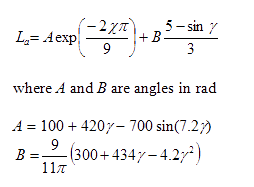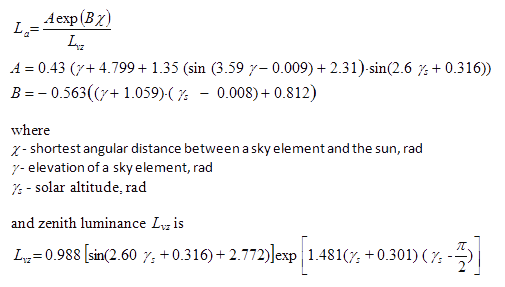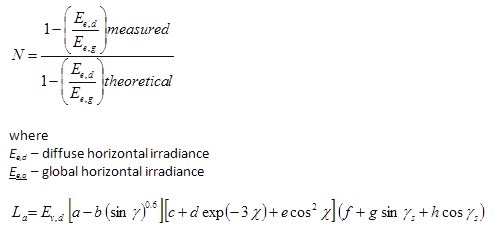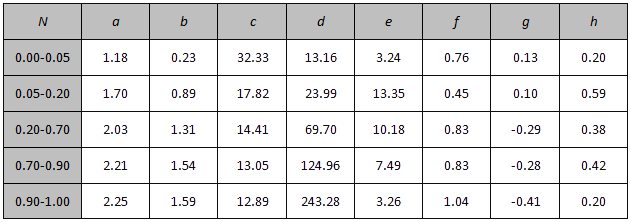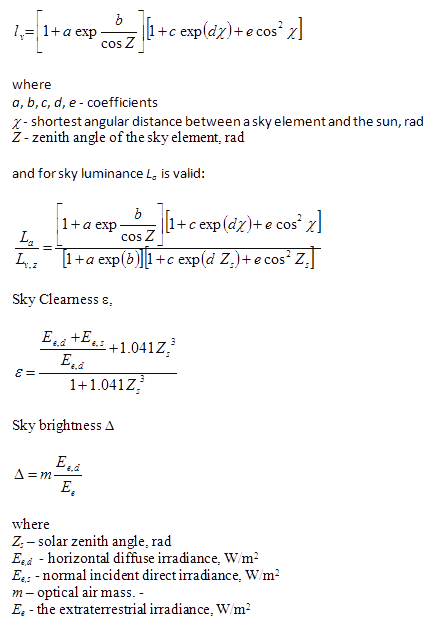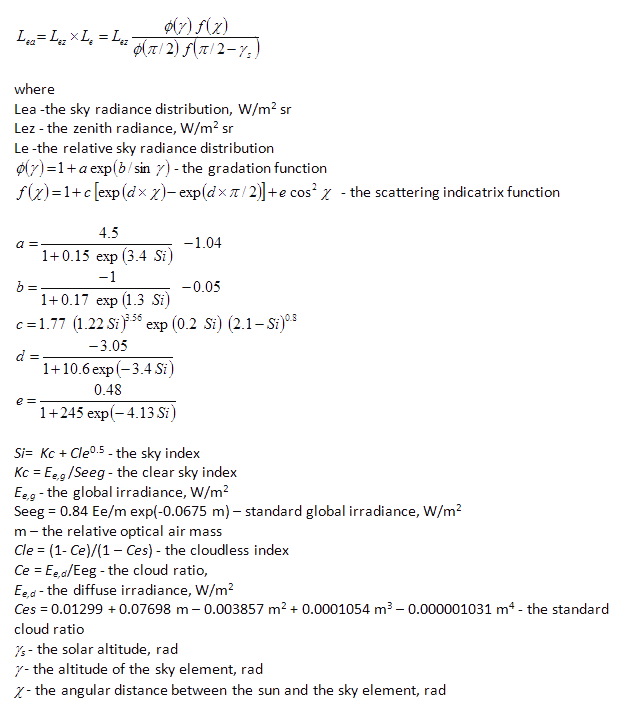Model represents overcast sky with ideal unity sky luminance, i.e. each sky element has the same luminance value. This model is also so called „Lambertian model“

▼Lambert, J.H. Merkwűrdigste Eigenschaften der Bahn des Lichts durch die Luft und űberhaupt durch verschiedene sphärische und concentrische Mittel, 1773. (Notable qualities of the light path through the air and mainly through various spherical and concentric particles). German translation from the French origin. Haude – Spener, Berlin.
